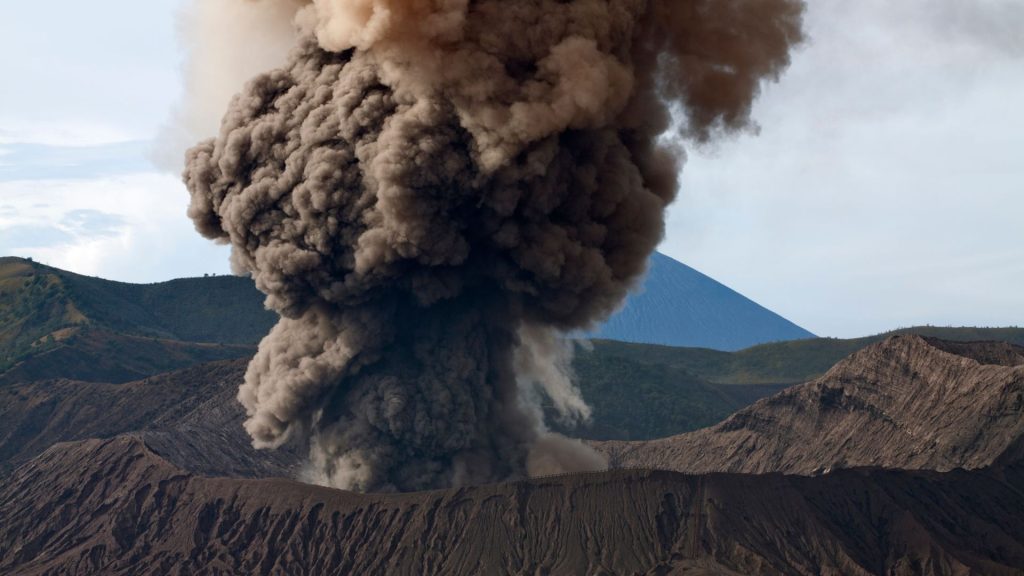Much remains unknown about the climate impacts of the 2022 eruption of Hunga Tonga volcano.
Initial speculation suggested this could cause extreme global warming in 2023 and 2024.
But new research by a collaborative team including atmospheric scientist Dr. Andrew Dessler of Texas A&M University finds that the eruption, like other large-scale volcanic activity, actually contributed to cooling the planet.
Research has shown that historically, large volcanic eruptions have had a significant cooling effect on the Earth’s climate by blocking sunlight with aerosols.
The cooling effect of volcanic eruptions
This remarkable two-day event, which occurred in mid-January 2022, released large amounts of volcanic aerosols and water vapor into the atmosphere.
Historically, large volcanoes eruptionVolcanoes like Mount Tambora in 1815 and Mount Pinatubo in 1991 have had a significant cooling effect on the Earth’s climate by blocking sunlight with aerosols.
But the eruption of Hunga Tonga created unique circumstances: for an undersea volcano, it spewed unprecedented amounts of water vapor into the stratosphere, increasing the total amount of water in the stratosphere by about 10%.
The eruption cooled the Earth because water vapor is a powerful greenhouse gas.
The researchers analysed satellite observational data, including aerosols and water vapour, to estimate the energy balance of the Earth’s climate system.
Their analysis revealed that the eruption caused more energy to leave the climate system than enter it, resulting in a slight cooling effect.
“Our paper casts doubt on the explanation that an eruption caused the extreme heat in 2023 and 2024,” Dessler explained. Instead, we should focus primarily on greenhouse gases from human activities as the main cause of the warming, with a major contribution from the ongoing El Niño phenomenon.”
Future research
Dessler said the research has important implications for both scientists and the general public.
His team’s research does not believe that volcanic eruptions are the main driver of recent warming, but rather bolsters his argument that human-induced greenhouse gas emissions are the main cause of climate change.
This focus is especially important given the ongoing debate and misinformation about the causes of global warming.
Furthermore, this study highlights the importance of continued investment in satellite-based stratospheric measurements.
While the paper answers some important questions, Dessler acknowledges that it also raises new ones.
For example, the researchers noted several unresolved issues related to the Hunga Tonga eruption, including the unexpectedly low levels of sulfur dioxide produced by such a violent eruption and the minimal impact the eruption had on the ozone hole in 2023.
The 2023 ozone hole means that the ozone layer over Antarctica will be significantly thinner, allowing more harmful ultraviolet radiation to reach the Earth’s surface. Additionally, the persistence of stratospheric water vapor beyond model predictions suggests that there is still a lot to learn about stratospheric circulation processes.
About the Editor
Kapil Kajal Kapil Kajal is an award-winning journalist working across a range of fields including defence, politics, technology, crime, environment, human rights and foreign policy. His work has appeared in publications such as Jane’s, National Geographic, Al Jazeera, Rest of the World, Mongabay and Nikkei. Kapil holds a Bachelor’s degree in Electrical, Electronics and Communication Engineering and a Master’s in Journalism from the Institute of Journalism and New Media, Bangalore.


